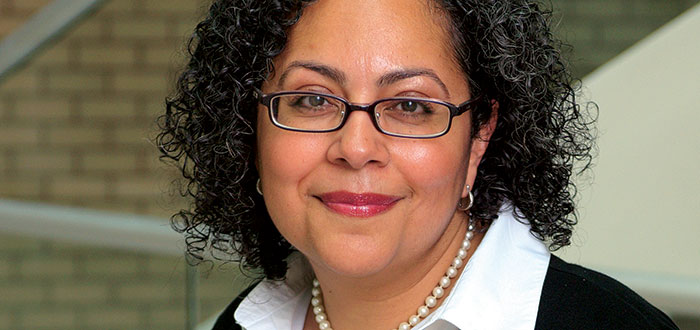Not There YetPosted in Articles, Brazil, Caribbean/Latin America, Law, Media Archive, Politics/Public Policy, Social Justice, United States on 2017-08-10 01:21Z by Steven |
Fordham Law News: From New York City To You
2017-05-24
A conversation with six Fordham Law professors about civil rights.
While it has been more than 50 years since the last Civil Rights Act was passed, the United States still has work to do to fully realize the equality of all persons. To plot where we are on the long road of civil rights, Fordham Lawyer spoke with six professors: Elizabeth Cooper, Tanya Hernández, Leah Hill, Joseph Landau, Robin Lenhardt, and Kimani Paul-Emile.
…How does the United States measure up against Latin American countries with our same history of slavery and racial inequality?
Hernández: It’s somewhat of a mixed bag in Latin America. There are examples of very impoverished understandings of race—a sort of denial that there is any problem with racism because of the extant mythology across the region that perpetuates the idea that racial mixture equals racial harmony. At the same time, there’s a lot of social justice activism on the part of Afro-Latinos; in fact, they have garnered significant traction with political administrations that have been amenable to them. For example, in 2012 Brazil had a significant Supreme Federal Court ruling that held that race-based affirmative action was constitutional. Notably, the opinion was rooted in the idea that neutrality was not enough—that it was not enough for law to be neutral if they wanted to achieve equality. That’s pretty remarkable. It contrasts with what has been happening with the U.S. Supreme Court in this area. Since the Reagan years, there has been this shift to a jurisprudence that is all about color blindness: Equality is viewed as simply being neutral. The Court doesn’t look at the material effects of people having different starting points and, consequently, different needs. That particular comparison shows a kind of enlightenment in the Latin American sphere that we have not seen in a while in the United States.
About a year or so after this Federal Supreme Court decision, new legislation called the Law of Social Quotas was passed in Brazil. What this did was mandate that there be race-based affirmative action within all the public federal universities. What’s significant about this is that there are actual quotas—numbers that can be measured and monitored. Institutions can be held accountable. There’s none of this discomfort with the idea that having accountability means that you’re demeaning someone by only viewing them as being a race. Instead, it’s a notion that the numbers matter because the numbers inform the direct way to integrate an institution.
This type of attention to race stands in marked contrast to the United States, where the use of affirmative action is sometimes misdescribed as being the most radical. But what is often misunderstood is that the United States has forbidden quotas since 1978 with the Bakke case [Regents of the University of California v. Bakke]. Thus, we don’t have authorization to use direct numerical set-asides. We can have targets and wish lists, but there can be no hard number. Without a hard number, how do you hold the institution accountable?…
Read the entire article here.


